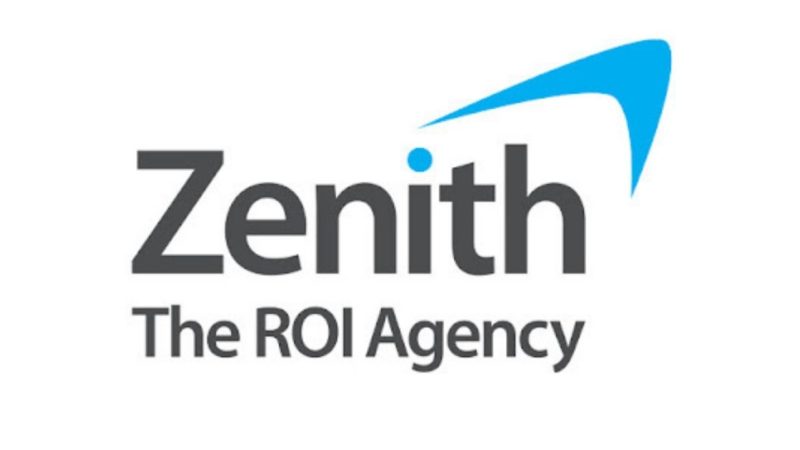Zenith report finds e-commerce and online video to fuel recovery in global ad spend
Global advertising expenditure will grow 11.2% in 2021, driven by demand for performance-led e-commerce advertising and brand advertising via online video, according to Zenith’s latest advertising expenditure forecasts report published today.
it predicts advertising expenditure will total US$669 billion (A$908 billion) this year, US$40 billion (A$54 billion) more than was spent before the pandemic in 2019.


